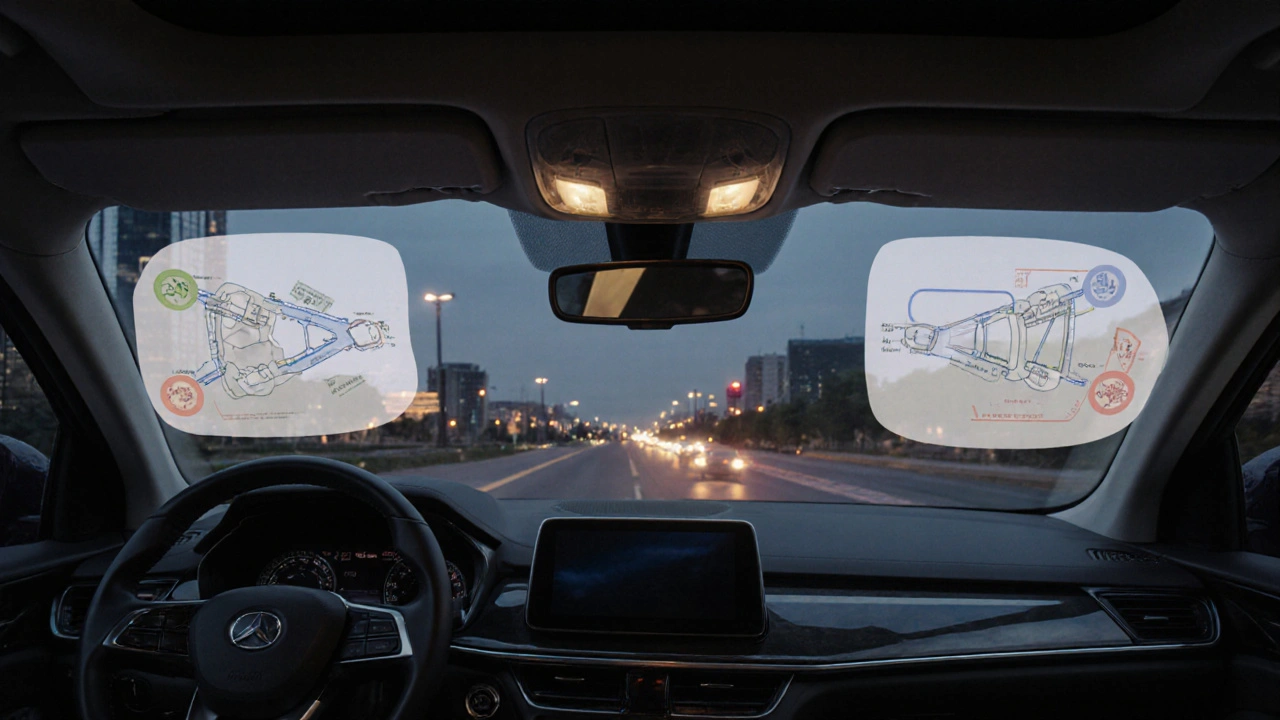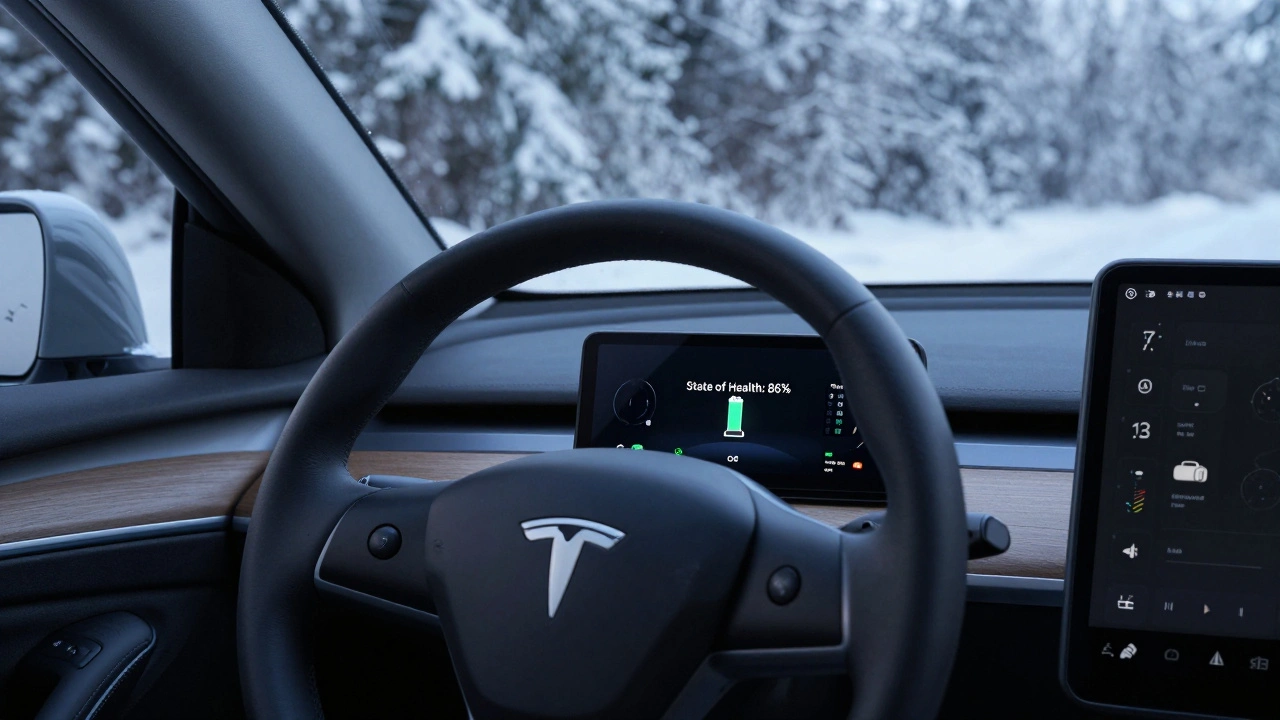Advanced Driver Assistance
When working with advanced driver assistance, a suite of electronic systems that help drivers avoid accidents and improve vehicle control. Also known as ADAS, it blends sensors, software and actuators to create a safety net around the car. Advanced driver assistance isn’t a single gadget; it’s a collection of features that talk to each other, from warning you about a sudden stop to actually steering the vehicle back into its lane.
One of the biggest off‑shoots of ADAS is autonomous driving, technology that can control a vehicle with little or no human input. While full autonomy (Level 5) is still on the horizon, many cars already offer Level 2 or 3 features that handle acceleration, braking and steering under certain conditions. Autonomous driving relies heavily on the data fed by other ADAS components, creating a chain where each link strengthens the whole system.
Key Technologies in ADAS
Another cornerstone is lane keeping assist, a function that monitors lane markings and nudges the steering wheel back when the car drifts. This technology uses cameras and sometimes lidar to detect road lines, then sends gentle torque to the steering column. It’s a direct example of how ADAS enables safer lane discipline, especially on highways.
Close cousin to lane keeping is adaptive cruise control, a speed‑control system that automatically adjusts a car’s pace to match traffic flow. By measuring the distance to the car ahead with radar, it can speed up, slow down or even come to a complete stop without driver input. Adaptive cruise control requires reliable sensor data, showing how sensor tech supports multiple ADAS features at once.
Then there’s collision avoidance, a set of alerts and automated braking actions designed to prevent or mitigate crashes. When the system senses an imminent impact, it can flash warnings, tighten seat belts or apply the brakes. Collision avoidance influences the behavior of both adaptive cruise control and lane keeping assist, because each must decide whether to intervene or defer to the driver.
All these components share a common thread: they rely on sensor fusion. Radar, cameras, ultrasonic sensors and sometimes lidar feed raw data into a central processor. That processor runs algorithms that interpret the environment, predict vehicle trajectories and decide on corrective actions. In other words, advanced driver assistance encompasses sensor fusion, which in turn powers lane keeping, adaptive cruise control and collision avoidance.
Beyond the tech, ADAS also changes how drivers interact with their cars. Instead of constantly watching every detail, drivers can trust the system to handle routine tasks, freeing mental bandwidth for higher‑level decisions. However, the safety net works best when the driver stays alert and understands each feature’s limits. That’s why many manufacturers include tutorial modes and clear visual cues.
In the collection below you’ll find articles that break down each of these systems, offer maintenance tips, compare OEM vs aftermarket solutions, and discuss future trends like vehicle‑to‑everything communication. Whether you’re shopping for a new car, retrofitting an older model, or just curious about how modern safety tech works, the posts ahead give you practical insights and actionable advice. Dive in and see how advanced driver assistance is reshaping everyday driving.

Must‑Have Safety Features in Modern Cars
- 10 Comments
- Oct, 13 2025
Discover the most important safety features in modern cars, from airbags to advanced driver assistance systems, and learn how to choose the right package for your needs.




